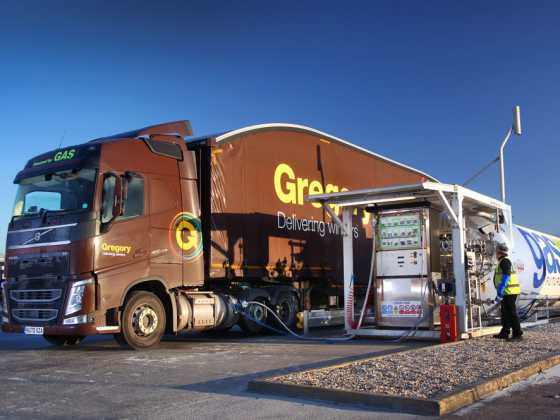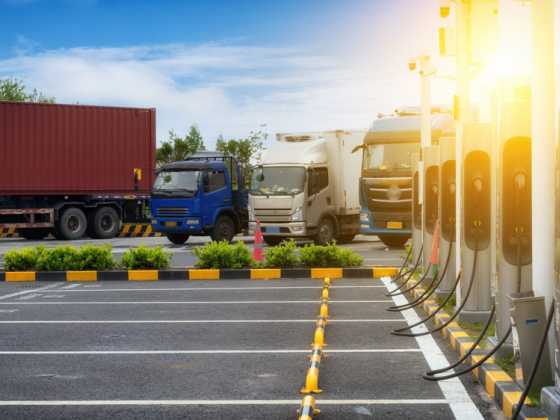Net Zero? Now there’s nowhere to hide in 2050

Comment by LowCVP's Andy Eastlake
The last days of Theresa May’s premiership certainly brought a flurry of activity in terms of policies to tackle the climate impacts of road transport. Indeed, it seems that May chose to make tackling climate change one of the key legacies of her time in charge of the country.
The Government’s decision to hurry through ‘net zero’ legislation following the recent advice from the Committee on Climate Change (CCC), means that the UK is the first major economy to effectively enshrine into law, ending its contribution to climate change. The new regulation (now embedded in the Climate Change Act) means that rather than cutting greenhouse gas (GHG) emissions 80% by 2050, the UK will achieve net zero; any emissions after that date (and even some before) will have to be balanced by schemes to offset an equivalent amount of GHGs from the atmosphere, such as planting trees or using technology like biomass and carbon capture and storage.
But, as the CCC clearly said, it’s now all about robust policies being implemented to deliver on net zero. “Now do it” was the clear call from the CCC’s Chief Executive Chris Stark who, speaking at the recent launch of the report, said that the under current policies the world is heading for potentially devastating warming of 3 degrees C or more.
The Government has, at least, made a running start following the CCC’s demand, by ramping up policy to support EVs into the market. Last week it announced the long-awaited decision on Company Car Tax rates, bringing a huge boost for pure electric vehicles and long (WLTP!) range REEVs (Range-extended electric vehicles) which will enjoy a 0% tax rate for 2020-2021. Their rate will rise to 1% in 2021-2022 and 2% in 2022-2023. Other vehicles see similar drops, but these will be offset by the new WLTP CO2 figures on which tax will be based. First year VED rates for the moment, however, will just carry across and WLTP impacts have not been compensated
In further consultation announcements, the Government has stated its intention that – in what it claims is a world first – all new homes built (or created from existing buildings) in the UK should include a chargepoint. For the non-residential sector the Government intends that building regulations will include requirements to provide electric chargepoints and infrastructure for future installations.
The Government has also set out that it wants all newly installed rapid and higher powered chargepoints to provide debit or credit card payment by Spring 2020 and that most new non-public installations should also have ‘smart’ functionality on-board. Alongside these proposals, which the Government has issued in the form of a consultation, it is also launching a call for evidence on the longer-term options for ‘smart charging’.
While these measures are clearly only a part of the answer, they represent a strengthening of policy in this area to make driving EVs the natural choice.
While the current focus is mainly on electrification of the car and van fleet, we still need to do everything we can to decarbonise fuels used by the existing fleet of cars, and of trucks and other hard-to-electrify applications. LowCVP’s recent annual conference focused on other ‘future fuels’ as well as electricity. Its clear conclusion: we’ll need to use all the ‘tools in the box’ if we’re to have a chance of delivering road transport’s necessary contribution (or, more accurately, reduction) to net zero.






